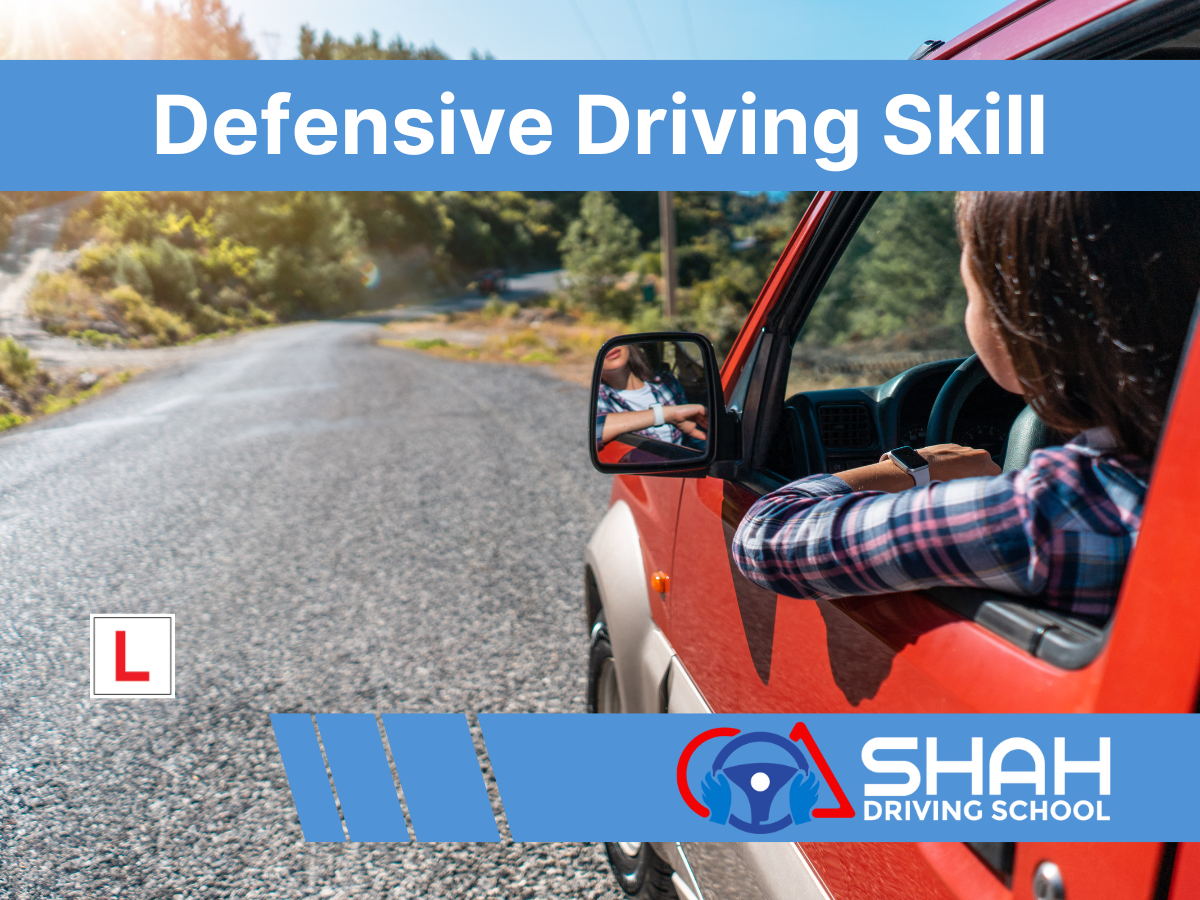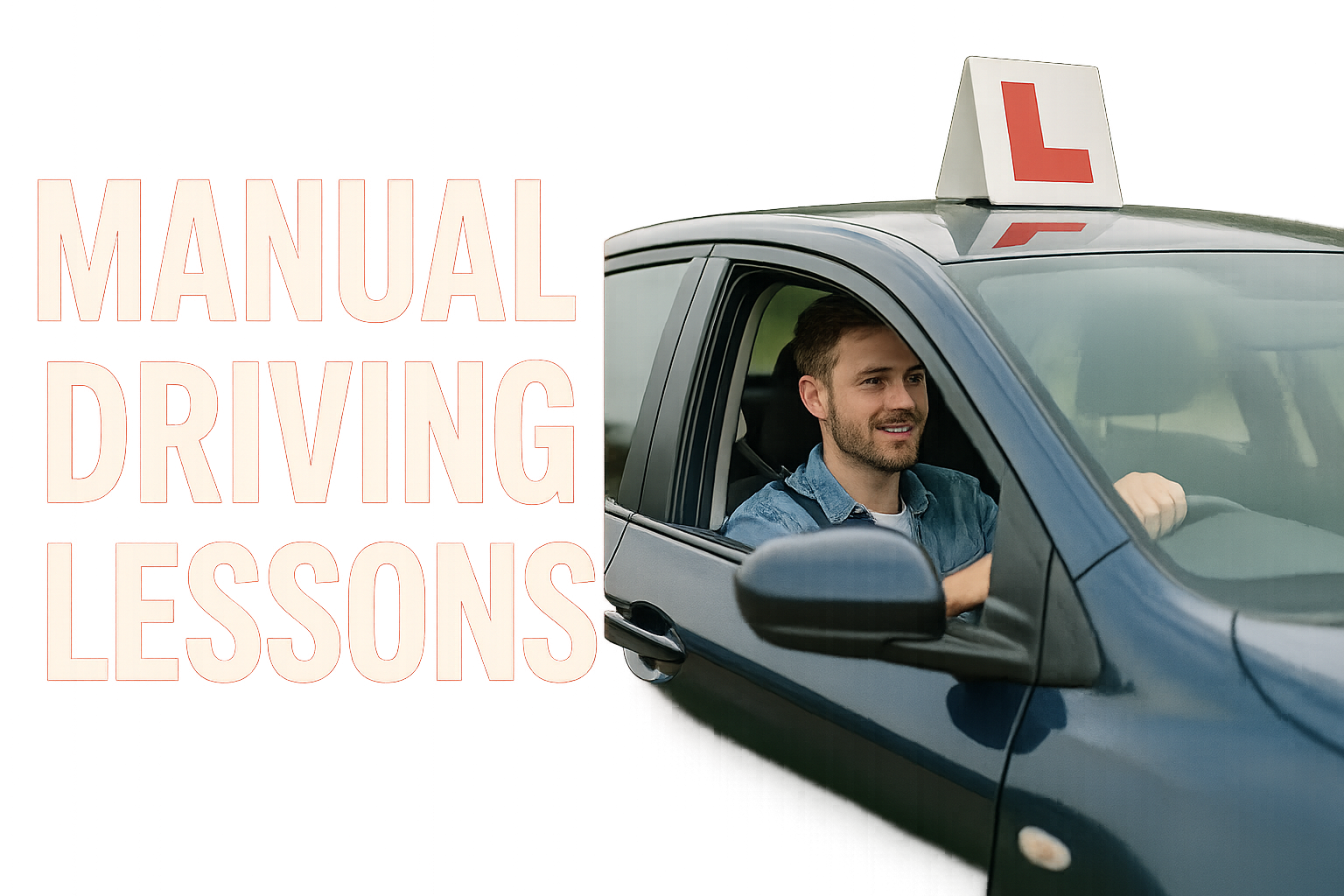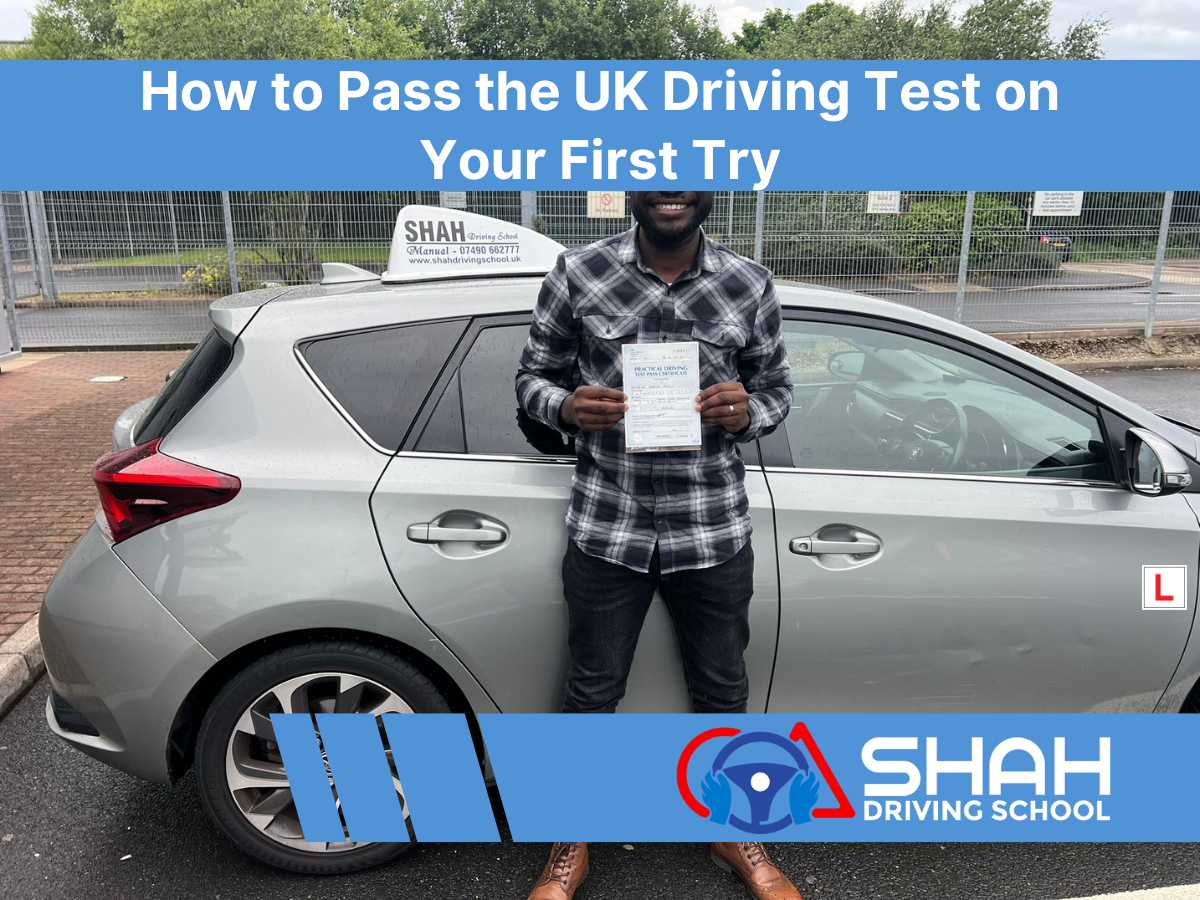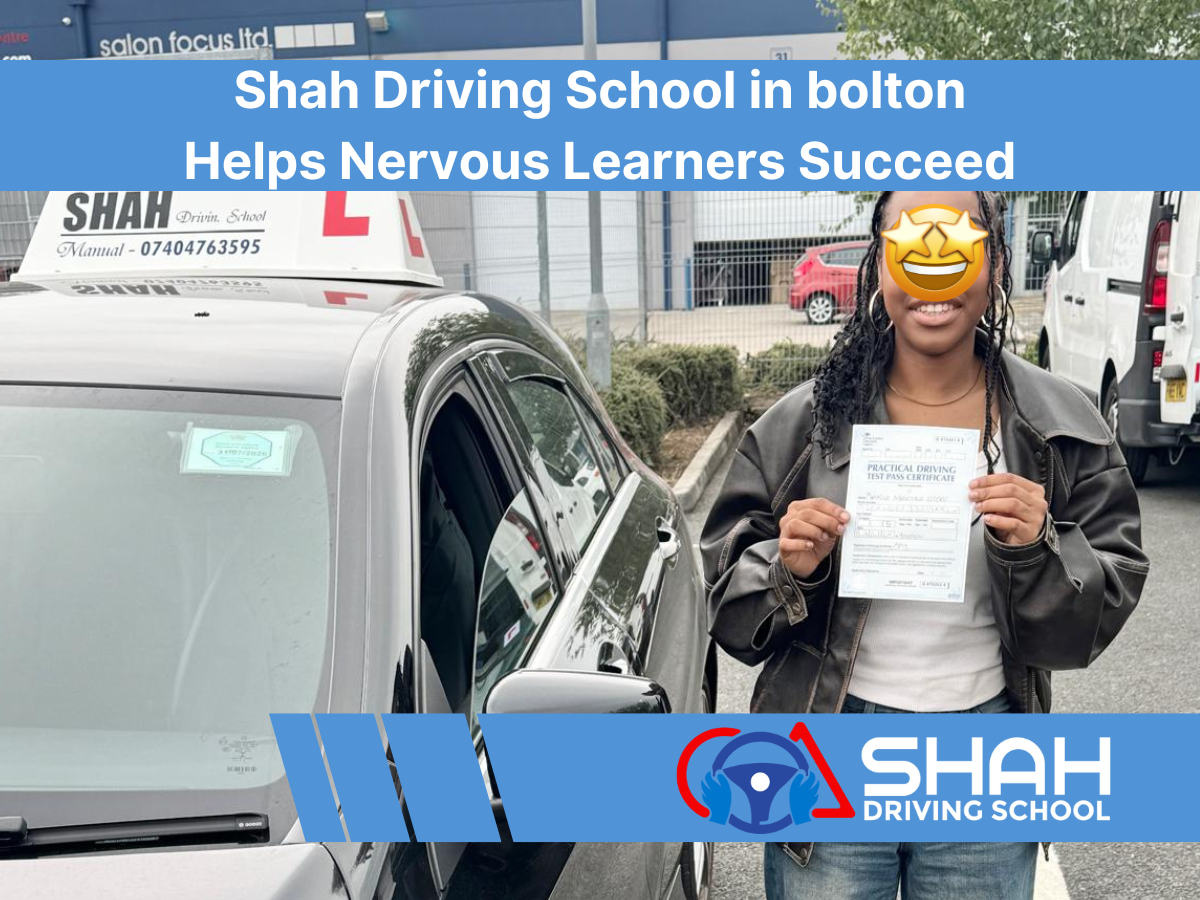
Manual Driving Lessons

Why Learn Manual Driving?
In the UK, learning to drive a manual car is not just a rite of passage—it’s a valuable skill that offers more flexibility, better control, and long-term driving confidence. While automatic vehicles are becoming more common, manual cars still dominate the roads, and passing your test in a manual car means you can legally drive both manual and automatic vehicles.
Manual driving lessons can feel a bit intimidating at first, especially when you hear terms like “biting point,” “clutch control,” and “stalling.” But with the right instructor and a structured learning approach, mastering manual transmission becomes a rewarding experience that prepares you for every type of driving scenario.
In this ultimate guide, we’ll walk you through everything you need to know about manual driving lessons in the UK—what to expect, how to prepare, top tips, common challenges, and why they may be the best investment you’ll ever make.
What Are Manual Driving Lessons?
Manual driving lessons are practical driving sessions where you learn to drive a car with a manual transmission. Unlike automatic vehicles, manual cars require the driver to change gears using a clutch and gear stick.
During manual driving lessons, you’ll be taught how to:
- Operate the clutch smoothly
- Shift gears correctly
- Handle hill starts and slopes
- Understand engine sounds for gear changes
- Master clutch control to avoid stalling
- Coordinate the accelerator, brake, and clutch
- Use mirrors, indicators, and steering efficiently
These lessons are typically delivered by a DVSA-approved driving instructor and can be taken hourly, daily (intensive), or weekly based on your learning pace.
Benefits of Learning Manual Driving
1. Flexibility
Once you pass your test in a manual car, you’re legally allowed to drive both manual and automatic vehicles. This flexibility can be useful for jobs that require manual driving and when renting cars abroad.
2. Better Vehicle Control
Manual cars give drivers more control, especially on steep roads, in snow, or during towing. You can also downshift gears for braking or control your speed more precisely.
3. Lower Vehicle Costs
Manual cars are generally cheaper to buy and maintain compared to automatics. Insurance rates may also be lower for manual cars in some regions.
4. Job Opportunities
Many delivery, courier, and trade jobs require manual driving licenses. Learning manual opens up more career options.
What to Expect in Your First Manual Driving Lesson
Your first manual driving lesson may seem overwhelming, but it’s designed to be an introduction. Here’s what typically happens:
- Meet Your Instructor: You’ll get to know your DVSA-approved instructor who’ll explain the basics of the car you’ll be driving.
- Cockpit Drill: Learn the correct seating position, how to adjust mirrors, and understand the dashboard controls.
- Introduction to Pedals: Manual cars have three pedals—clutch (far left), brake (middle), and accelerator (right).
- Gear Stick and Clutch Control: You’ll be taught how to use the clutch and how to change gears.
- Moving Off and Stopping: You’ll practice moving the car forward smoothly, stopping safely, and parking correctly.
- Basic Manoeuvres: Your instructor may let you try turning, signalling, and pulling over in quiet areas.
Common Manual Driving Terms Explained
Understanding these terms will make your learning smoother:
- Clutch Control: Balancing the clutch pedal to engage or disengage the engine power smoothly.
- Biting Point: The point where the clutch plates begin to meet, allowing you to move the car without stalling.
- Stalling: When the engine stops because the clutch and gears aren’t coordinated correctly.
- Hill Start: Moving off on a slope without rolling backwards.
- Gearbox: A component that enables the car to change speed and torque.
- Rev Matching: Adjusting engine speed to match the road speed before changing gears.
How Many Manual Lessons Do You Need?
The DVSA states that most learners need 45 hours of professional instruction and 22 hours of private practice to be test-ready. However, this varies based on:
- Age and confidence
- Learning style
- Practice outside lessons
- Frequency of lessons
At Shah Driving School, we tailor each lesson to your progress. Some students may pass after 25–30 hours; others may need more time. It’s not a race—it’s about becoming a safe driver.
Choosing the Right Driving School
The driving school you choose can make or break your experience. Here’s what to look for:
- DVSA-Approved Instructors: Always check if the instructor is officially registered.
- Manual Cars in Good Condition: Make sure the school uses reliable, dual-controlled vehicles.
- Flexible Timings: Can they fit into your school, college, or work schedule?
- Local Area Knowledge: An instructor familiar with Bolton’s roads, test centres, and traffic conditions is invaluable.
- Great Reviews: Look for 4–5-star Google ratings and student testimonials.
Shah Driving School in Bolton ticks all these boxes with patient instructors, flexible packages, and a high first-time pass rate.
Manual Driving Lessons vs. Automatic – Which is Right for You?
| Feature | Manual Driving Lessons | Automatic Driving Lessons |
|---|---|---|
| Control | Full control over gears and clutch | Easier to operate, no gear changes |
| License Type | Allows driving both manual and automatic | Only allows driving automatics |
| Cost | Usually cheaper cars and insurance | Often more expensive vehicles |
| Complexity | Requires more coordination | Simpler to learn |
| Employment | Preferred for more job types | Limited in some sectors |
While automatic may be easier to learn, manual driving gives you more freedom and confidence—especially in tricky conditions or diverse environments.
Tips to Master Manual Driving Quickly
- Take Regular Lessons: Consistency is key. Try to schedule at least 2–3 lessons per week.
- Practice Clutch Control: Spend extra time learning the biting point—it’s a foundation for everything.
- Don’t Fear Stalling: It happens to everyone. Take a deep breath and try again.
- Ask Questions: Don’t be afraid to ask your instructor anything, even if it seems basic.
- Record Progress: Keep a log of what you’ve learned and what needs more practice.
- Watch Tutorial Videos: Reinforce your learning through YouTube tutorials and DVSA apps.
Manual Driving Test: What to Expect
When your instructor thinks you’re ready, you’ll book your practical driving test, which includes:
- Eyesight Check
- “Show Me, Tell Me” Questions about car safety and controls
- Driving in Various Conditions: Junctions, roundabouts, dual carriageways
- Manoeuvres: Reverse parking, parallel parking, bay parking, or pulling up on the right
- Emergency Stop
- Independent Driving Section: Follow road signs or a sat-nav for 20 minutes
To pass, you’ll need:
- 0 major faults
- No more than 15 minor faults
Passing your driving test in a manual car means you’re fully licensed to drive both types of cars—a huge plus!
The Shah Driving School Advantage
At Shah Driving School, we specialize in manual driving lessons in Bolton and surrounding areas. Here’s what sets us apart:
- DVSA-Approved Instructors
- New Learner Packages & Discounts
- Friendly, Patient Teaching Approach
- High Pass Rates
- Local Knowledge of Bolton Test Centres
- Flexible Lesson Scheduling
We provide one-to-one tuition and focus on building your confidence every step of the way. Whether you’re a first-time learner or switching from automatic, our instructors are trained to help you succeed.
Real Student Experiences
“I struggled with stalling at first, but my instructor at Shah Driving School was incredibly patient. Now I drive confidently, and I passed my test first time!” – Hannah, Bolton
“I wanted to learn manual to get a job as a delivery driver. The structured lessons and local practice routes made everything easier.” – Ahmed, Bolton
Chapter 12: FAQs About Manual Driving Lessons
Q: Is manual driving harder than automatic?
A: Initially, yes. Manual requires more coordination, but once you master the clutch and gears, it becomes second nature.
Q: Can I switch to automatic later if I struggle?
A: Yes, but remember—a manual license lets you drive both types, while an automatic license limits you to automatics only.
Q: What happens if I stall during my test?
A: A stall isn’t an automatic fail—only if it causes danger or you don’t respond appropriately.
Q: What if I have anxiety about driving?
A: Many learners do. At Shah Driving School, we specialize in working with nervous drivers and will help you build confidence gradually.
Ready to Drive Manual? Start Today with Shah Driving School
Learning to drive a manual car in the UK gives you control, flexibility, and confidence for life. It’s a smart decision that pays off in many ways—from car choice and job prospects to long-term skill development.
At Shah Driving School, we’re here to guide you through every gear change, every roundabout, and every challenge with patience and professionalism. With our experienced instructors, flexible pricing, and personalized approach, we’re ready to help you pass your test and drive with confidence.



